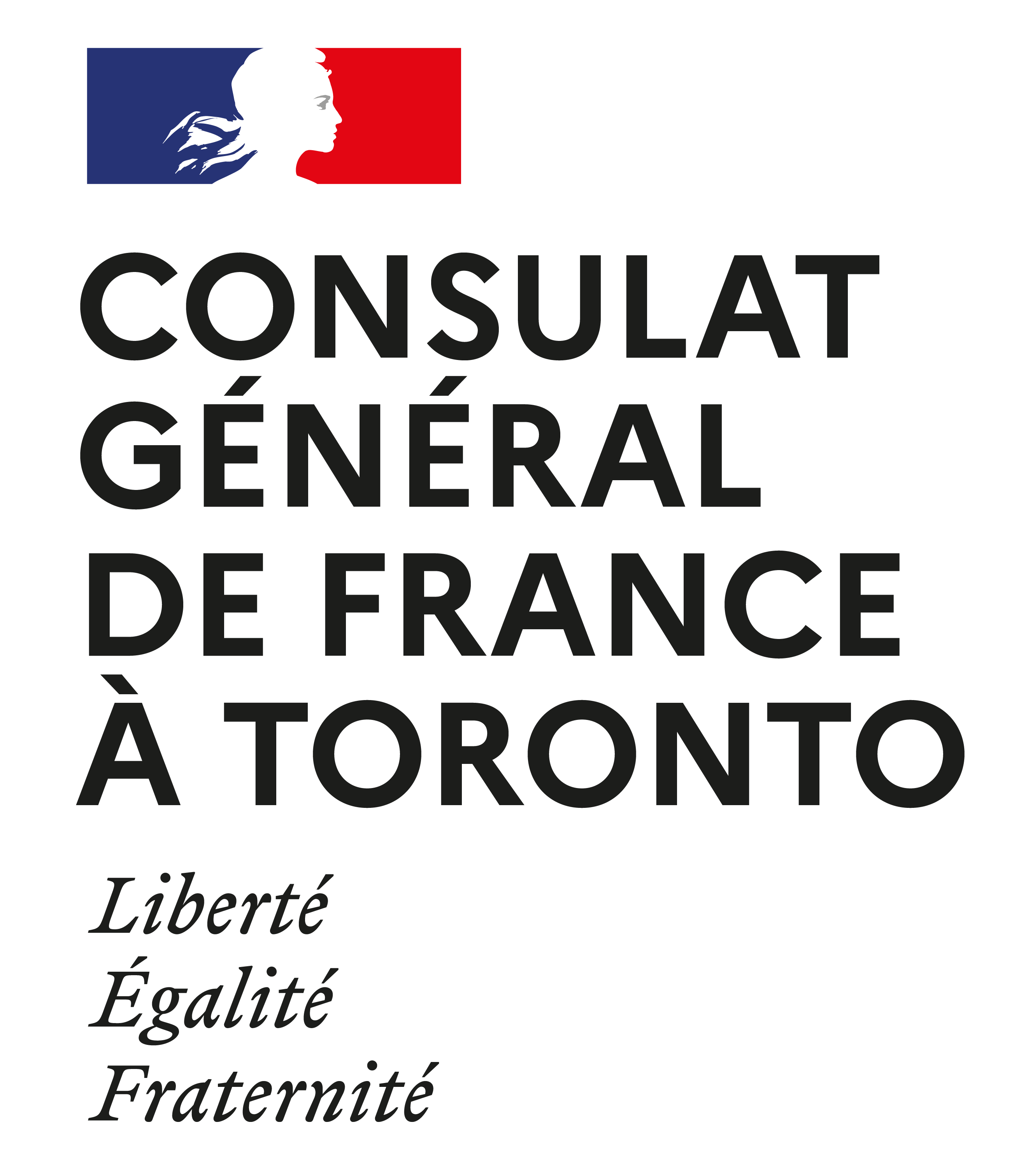Migration and the City
Summary of conference held Feb. 15-17, 2022.
This year’s conference enjoyed record registration and attendance, with participants based in more than 150 different countries. Each panel began with greetings from across the globe. The presentations provided common themes and challenges that connected participants from different professional and geographic backgrounds and sparked rigorous discussion and debate.
“Universities have a special role to convene important conversations and lead positive change. I hope that this conference will empower you all to share insights on how cities can grow and be enriched by the full participation of their diverse population.” – Mohamed Lachemi, president and vice-chancellor, Toronto Metropolitan University (formerly Ryerson University)
“I was delighted to see that [the conference] brought together cases spanning different parts of the globe for discussion and comparison, for example China and North America; South and West Africa with the Middle East and West Asia; and Europe, North America and even South America. It shows there is something that unites us all in terms of migration and urbanization.” – Anna Triandafyllidou, Canada Excellence Research Chair in Migration and Integration and conference organizer
Overview
Migration is at the heart of urban growth, both as a lever of development and as a set of challenges for cities. By 2050, two-thirds of the world’s population will live in cities (external link) , with migration driving significant change. In the decades ahead, we will see the continued rise of the megacity and, at the same time, population decline in many regional settings. Increasingly, cities will welcome migration’s contribution to diversity and cultural vibrancy, while they will also struggle to provide services for rising migrant populations or for refugees in need of sanctuary.
This conference reflects on cities as hubs of creativity but also as places of tension where different types of minorities and migrants meet and mingle. We look at top-down urban policies that aim to build on diversity or provide shelter, and to grassroots mobilizations advocating for solidarity and inclusion; we consider how cities negotiate the different levels of governance (local, national and transnational) in managing transit migrant or refugee populations; and we examine the role of diasporas in urbanization. While our focus is transnational, we will also address issues that are unique to Canada. We seek to bring together insights from different world regions to better understand the relationship between migration and the city in the 21st century.
Program Abstracts, PowerPoint Presentations & Video Recordings
Urban diversity is first and foremost a context of social, economic, cultural and political relations. In the world’s major metropolises, it is formed by the interweaving of the history of a particular context and the diverse practices taking place at various geographical levels. This can take form via exchanges at a local scale – for example, in a neighbourhood – among transnational networks of migrants; or it may involve global economic and cultural networks propelled by large multinational companies, state authorities and globalized elites, as we discuss in Session 2 below. Through empirical studies carried out in cities spanning Asia, Latin America, South Africa, the Gulf States and Europe, the participants in the first two sessions cast light on the complexity of urban diversity.
Border cities may serve as transit and temporary spaces for refugees, asylum seekers and "irregular" migrants who look for opportunities to migrate onwards beyond initial transit countries. Due to the protracted nature of migration journeys and their associated risks, these transit migrant populations often stay in border cities longer than initially envisioned. As a result, border cities are also confronted with the arrival of a diversity of service providers ranging from international humanitarian NGO workers, state officers, international organization employees, journalists, researchers, entrepreneurs and smugglers. Short or long-term stays of these actors lead to physical and social transformations of urban neighbourhoods and border towns. In addition, prevailing restrictive border policies may subject these cities to top-down physical changes, such as the construction of border walls, the deployment of extra security measures and even the creation of cemeteries for abandoned corpses of migrants. This panel will focus on the socio-spatial changes in border towns in Europe and Latin America.
Migration is typically understood as an urban phenomenon affecting larger cities. But in countries with highly managed immigration systems such as Canada, Australia and New Zealand, efforts have increasingly been made by different levels of government to encourage migration to smaller centres. Often, smaller cities view international migration as one way to grow the local population and economy, and a range of stakeholders, including local organizations, employers and community members, mobilize to welcome migrants to their communities. Despite this, many smaller cities continue to struggle to provide the services, housing options and employment opportunities that migrants need. There is clearly a need to better understand the experiences of smaller communities as destinations for migrants and what can be done to improve their success. This panel will take a comparative approach with speakers from Canada, Australia and New Zealand.
Suburbanization as a global phenomenon has presented multifaceted patterns of change in various contexts. Migrant settlements in suburban spaces add complexity to suburbia by bringing diverse demographics, (inter)cultural practices, new built forms, and new meanings of space and community. These migrant spaces challenge the conventional organization of suburbia. Governments, practitioners and academics must often reconcile the competing needs of diversity and urban growth played out in changing land uses and physical forms (e.g., neighbourhood character and heritage preservation), competing claims for space and rights to the city (e.g., who has access to resources), and considerations of equity and social inclusion (e.g., who belongs to and in the community). This panel examines migration-related suburbanization in different countries to cast light on narratives of everyday suburban life, diversity management, growth and development, policy and governance, and socio-spatial (in)equity and (in)justice.
With support from:



 copy.jpg)
